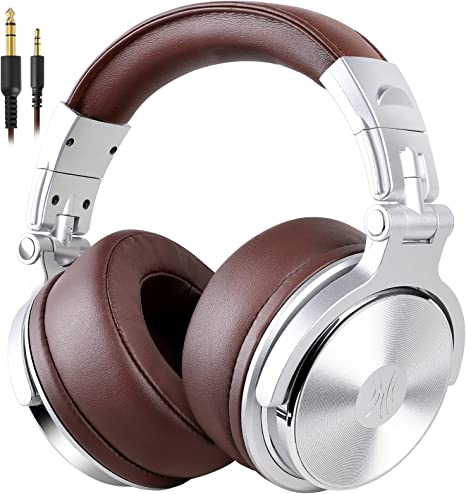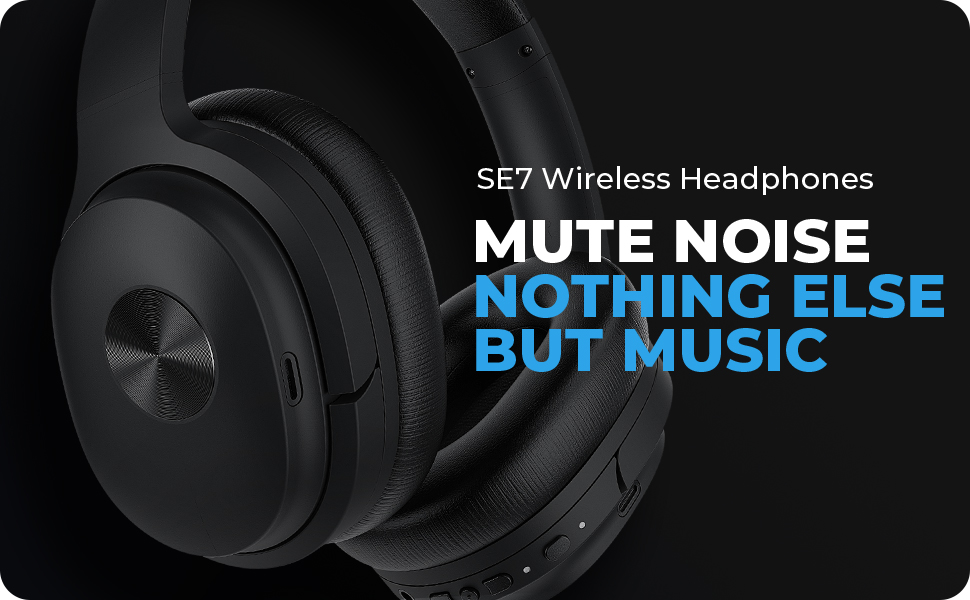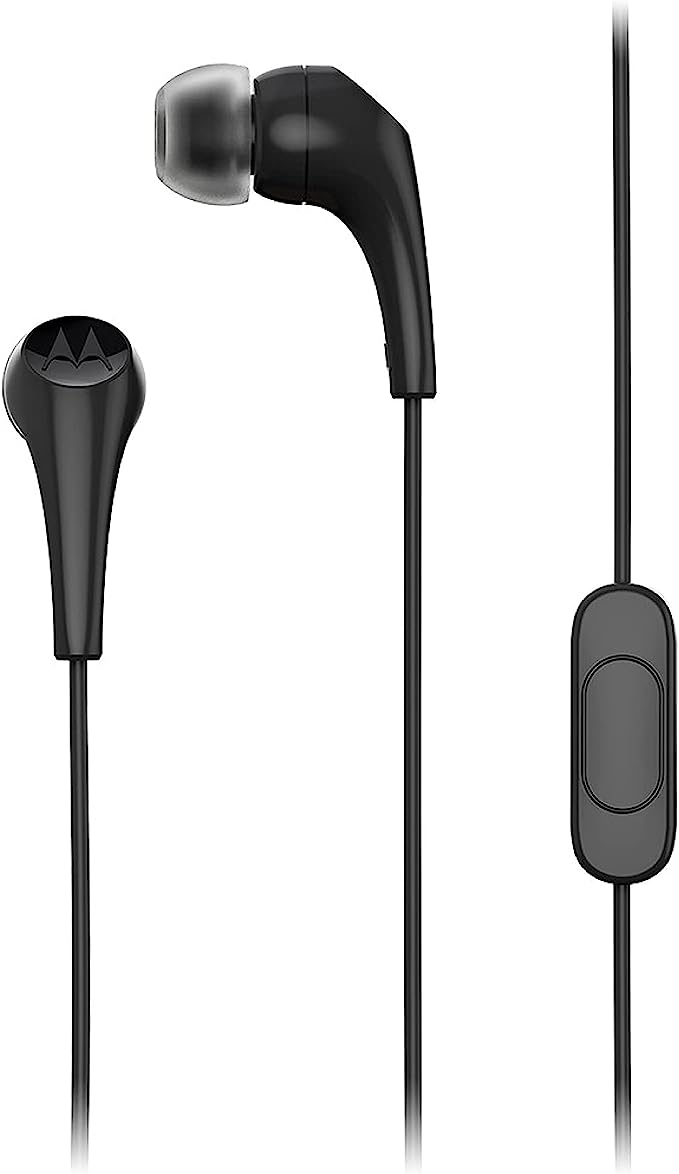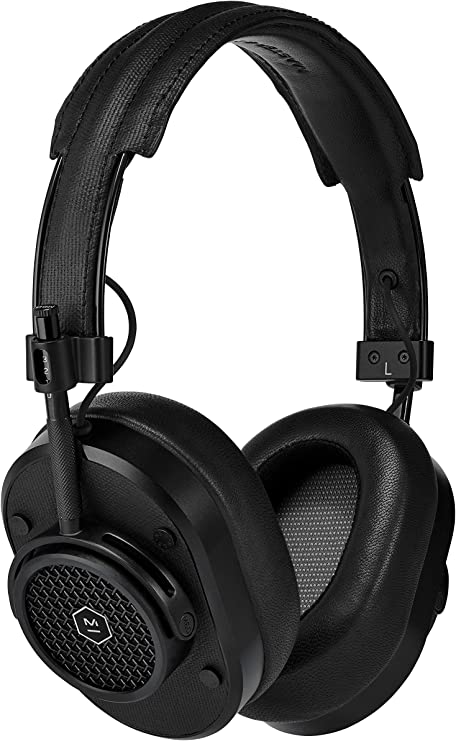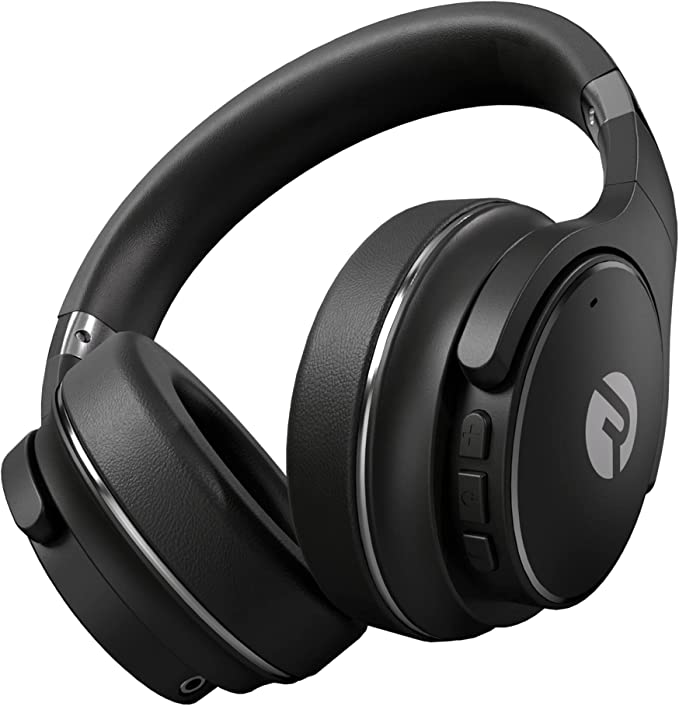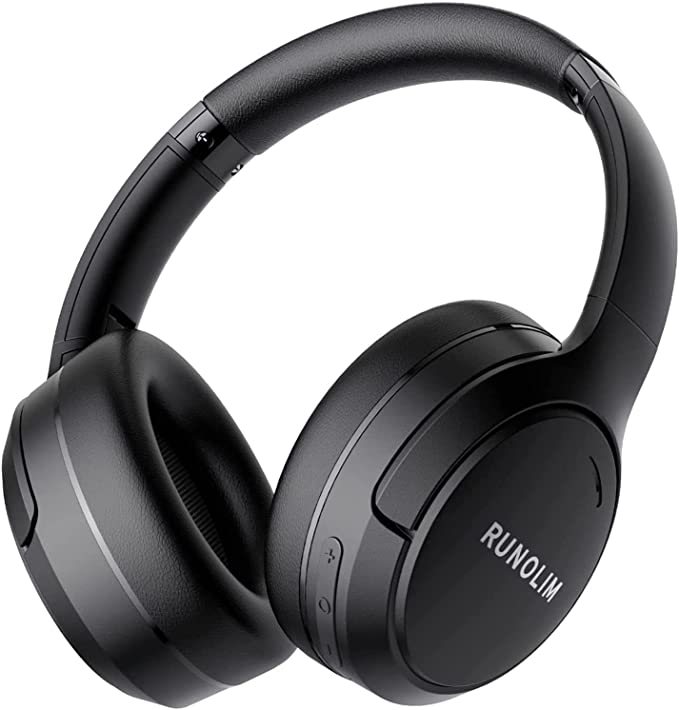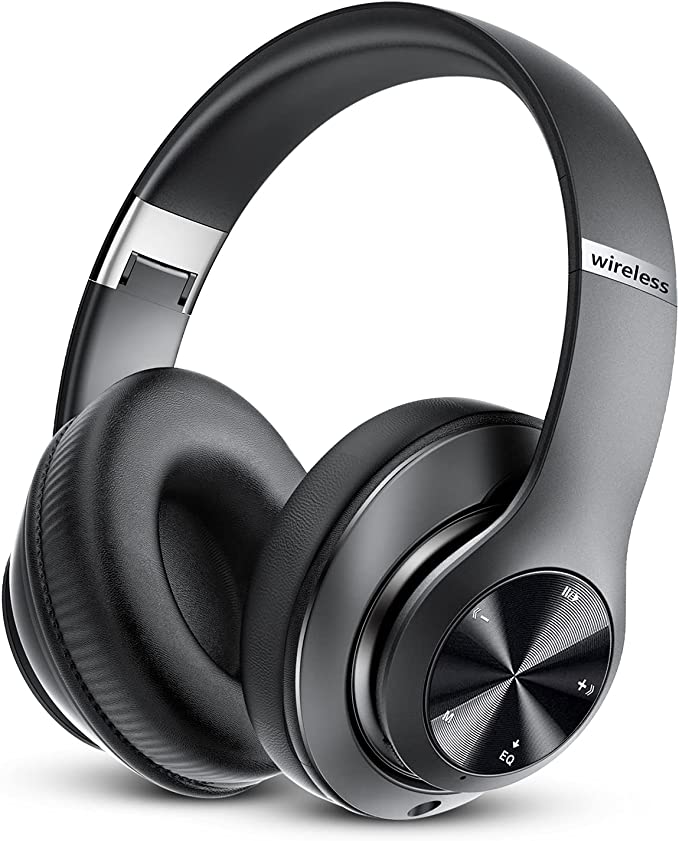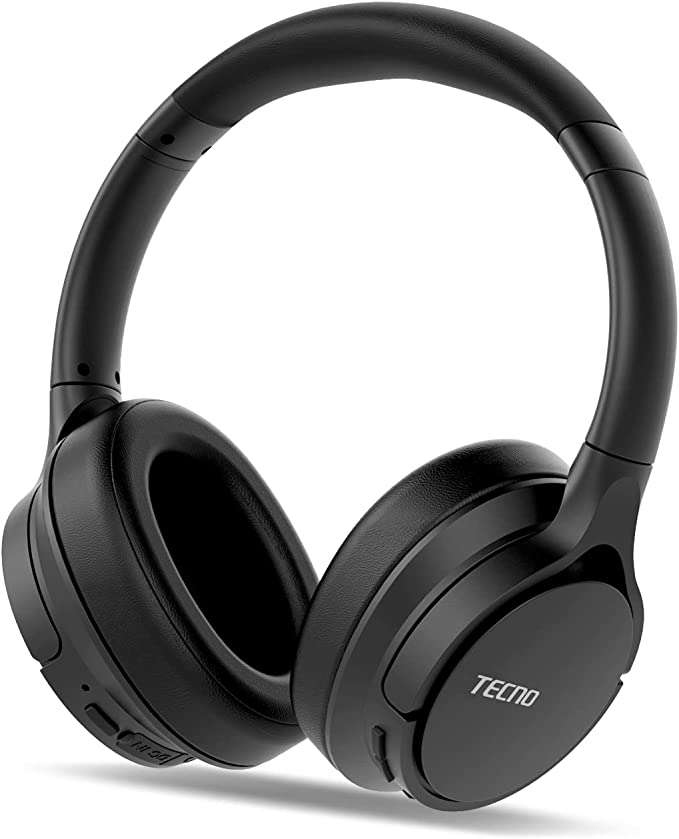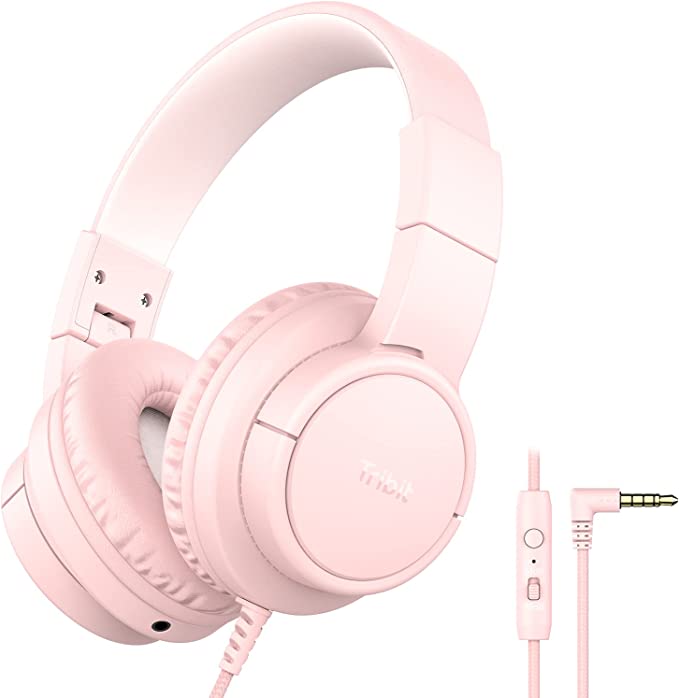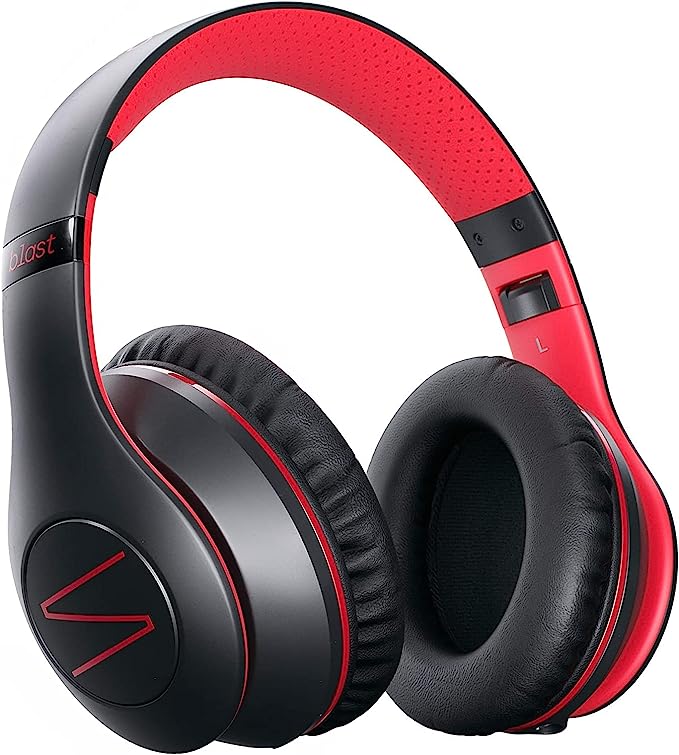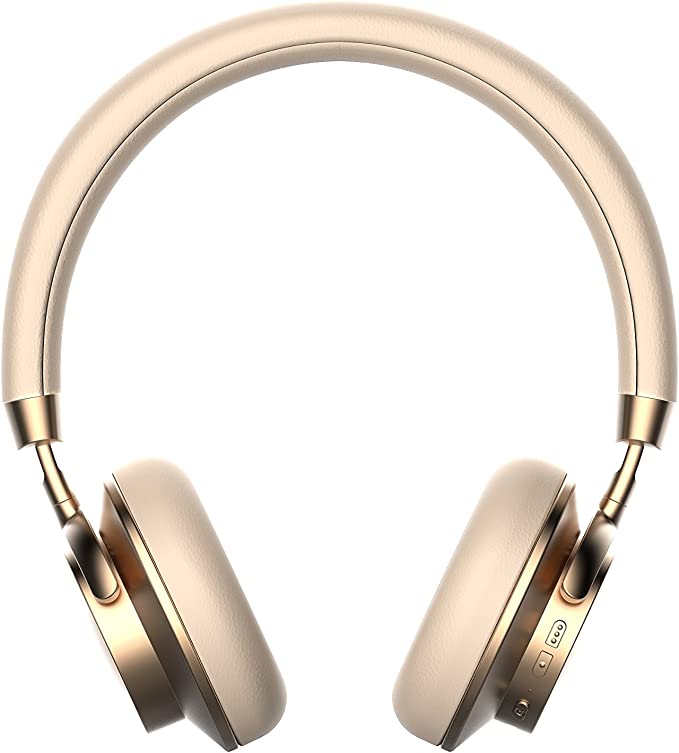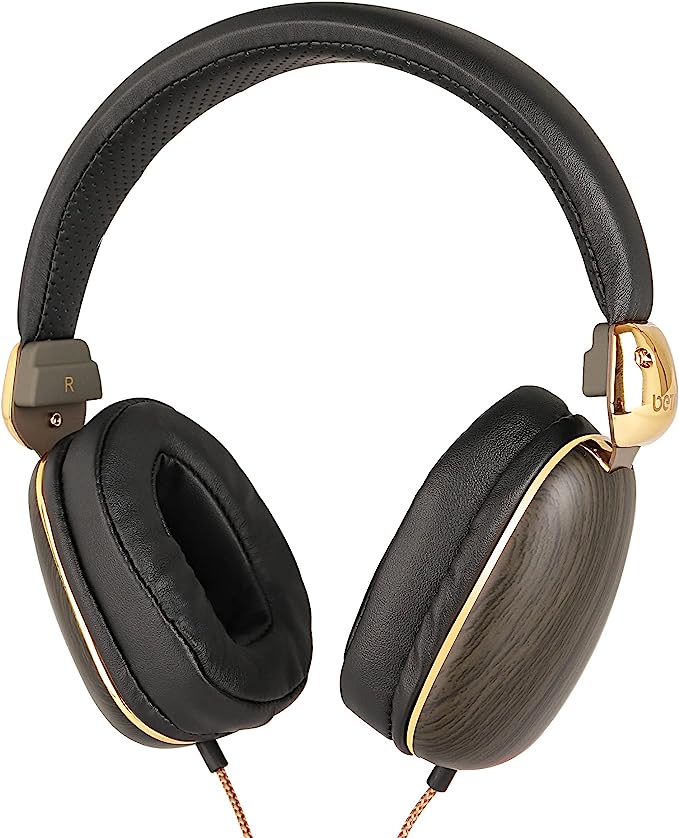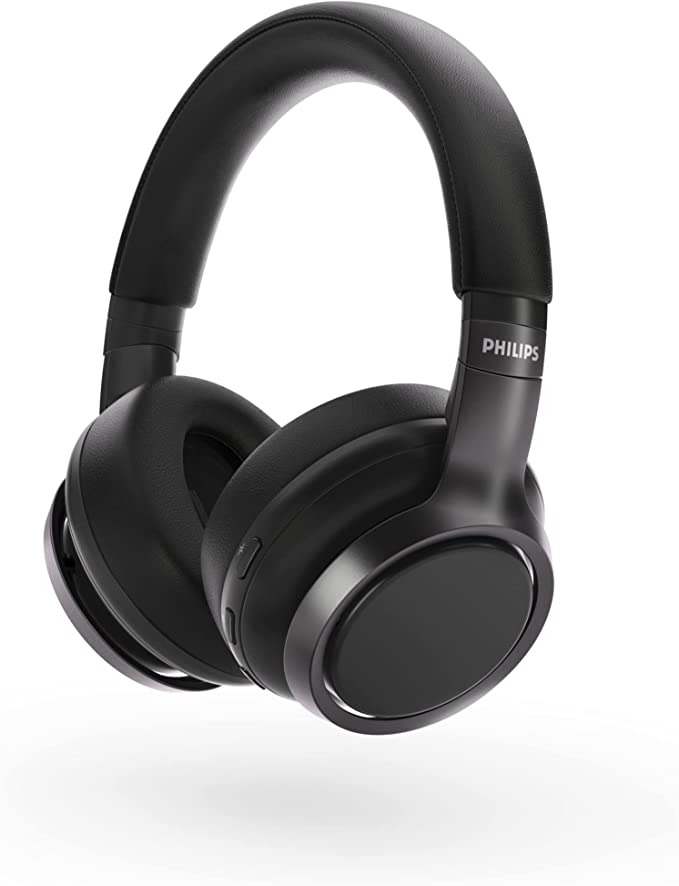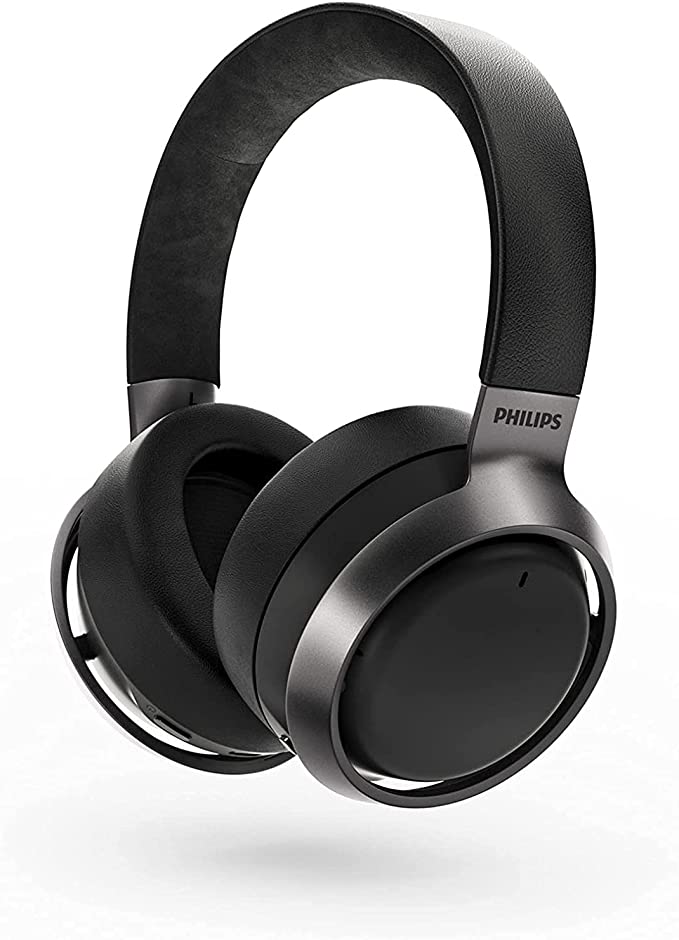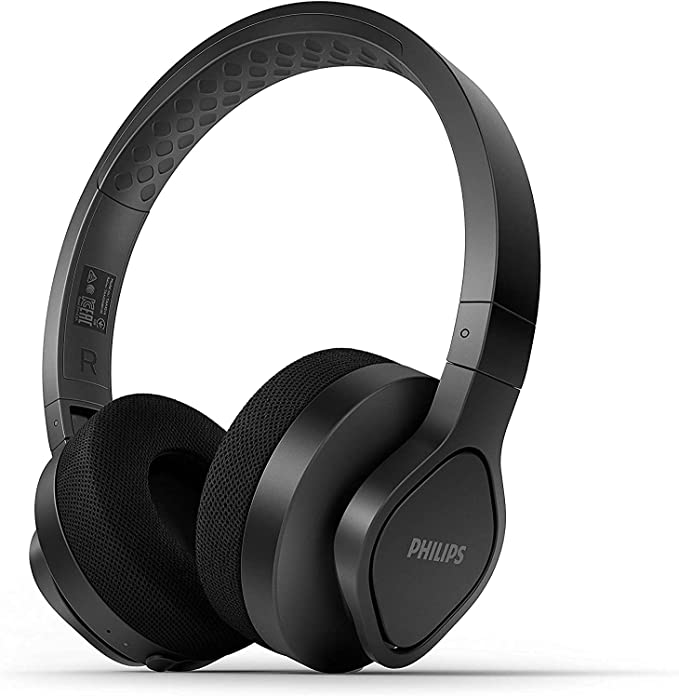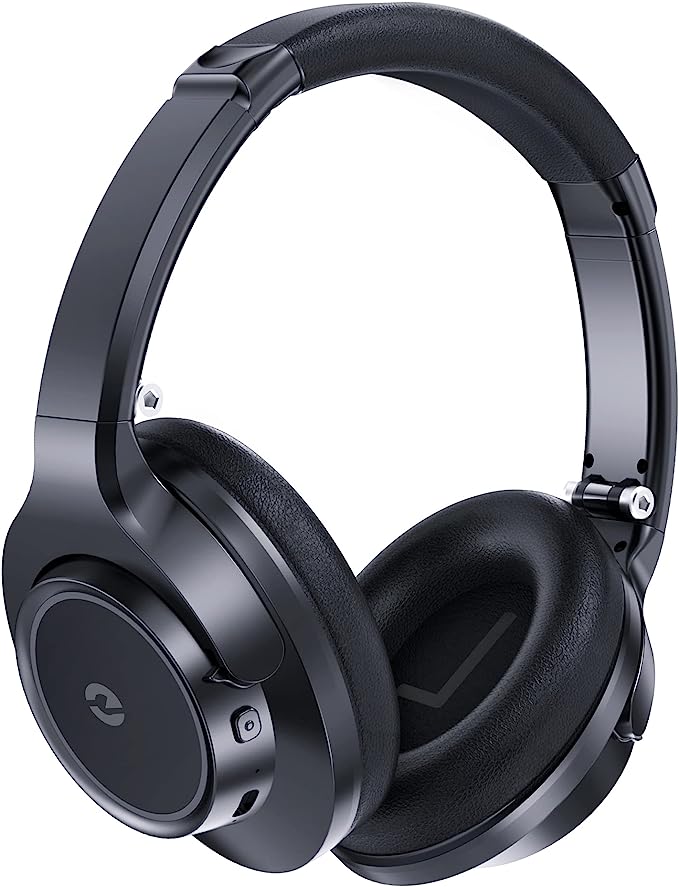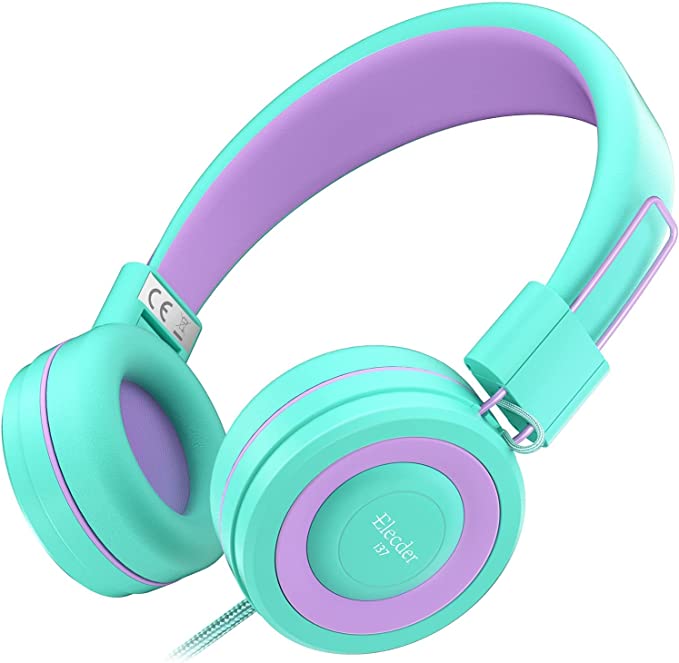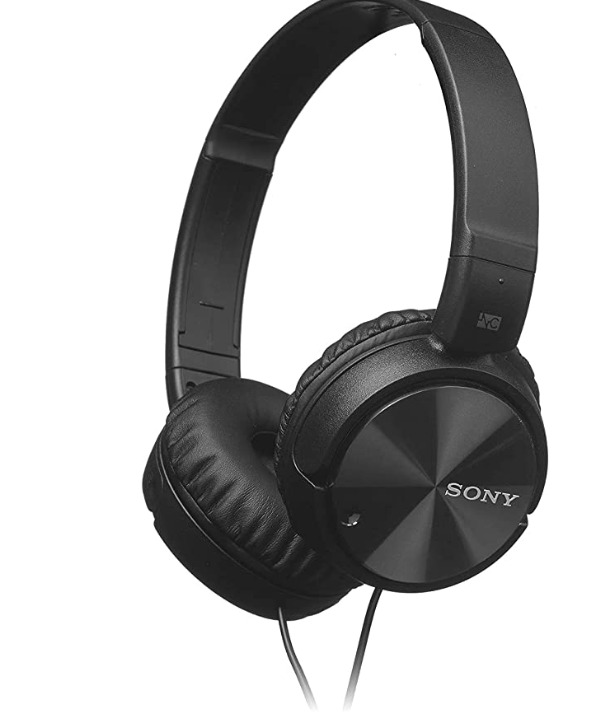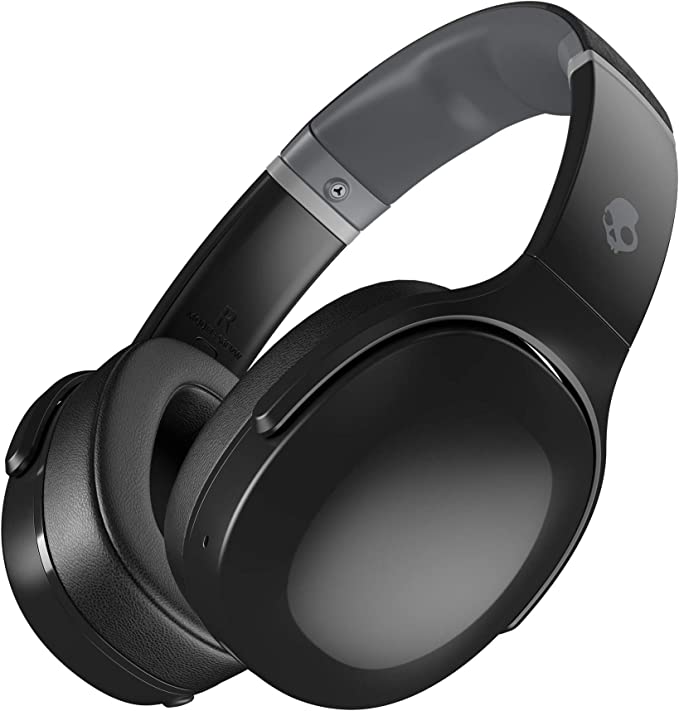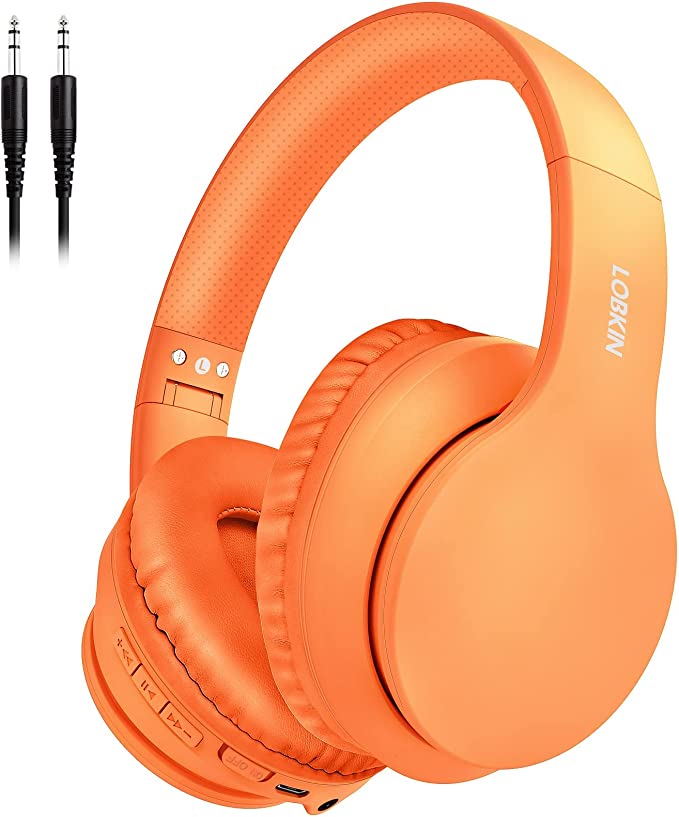The Science of Comfort: How Headphone Ergonomics and Passive Isolation Create Your Personal Oasis
Update on Nov. 14, 2025, 4:40 p.m.
In our quest for the perfect personal audio experience, we often focus on technical specifications like driver size and Bluetooth versions. But there are two far more fundamental, human-centric factors that ultimately determine whether a pair of headphones becomes a cherished daily companion or a dust-gathering gadget: all-day comfort and the ability to create a peaceful listening environment.
These are not happy accidents of design; they are the result of a deep understanding of ergonomics, material science, and acoustics. To truly appreciate how a great listening experience is crafted, we must look beyond the marketing and deconstruct the science that makes it possible. Using a headphone widely praised for these very attributes, the TUINYO WH-816, as our practical example, let’s explore the engineering principles that create a true personal oasis for your ears.

The Ergonomics of Endurance: The Science of All-Day Comfort
Why can you wear one pair of headphones for hours without a second thought, while another begins to feel like a medieval vise after just 30 minutes? The answer lies in the meticulous science of ergonomics—the art of designing for the human body. For an over-ear headphone, this involves a delicate balancing act between three key forces:
- Clamping Force: This is the inward pressure the headband exerts to keep the earcups on your head. Too much force, and you get painful pressure points, especially for those who wear glasses. Too little, and the headphones feel unstable and fail to create a proper seal.
- Weight Distribution: The total weight of the headphones (the WH-816 weighs about 11.8 ounces) is less important than how that weight is distributed. A well-designed, padded headband spreads the load evenly across the top of your head, preventing a single “hot spot” of pressure.
- Earcup Design and Material: This is arguably the most critical point of contact. The size, shape, and material of the earcups dictate the long-term comfort.
This is where a feature like “super soft memory-protein foam leather earmuffs” becomes more than just a marketing phrase. * Memory Foam (Viscoelastic Foam): Originally developed by NASA, this material is a marvel of physics. It deforms under pressure to perfectly mold to the unique contours around your ears, then slowly returns to its original shape. This ability to create a custom-like fit is what eliminates pressure points and allows for hours of fatigue-free wear. * “Protein Leather” (Synthetic Leather): This soft, pliable material is chosen to mimic the texture of skin, reducing friction and irritation. It also creates the pliable surface needed for the memory foam to do its job effectively.
The overwhelming user consensus on the comfort of a device like the TUINYO WH-816, with users reporting wearing them for over four hours on flights without issue, is a testament to a successful ergonomic design where these principles have been correctly applied.

Building Your Fortress of Solitude: The Power of Passive Noise Isolation
In the modern audio market, “noise cancellation” has become a ubiquitous, and often confusing, term. It’s crucial to understand the two very different technologies that fall under this umbrella:
- Active Noise Cancellation (ANC): This is an electronic system that uses microphones to listen to outside noise and generates an inverse sound wave (“anti-noise”) to cancel it out. It’s complex, requires power, and is typically found in more expensive headphones.
- Passive Noise Isolation: This is a physical, acoustic principle. It’s the simple act of blocking sound by creating a seal around your ear. Think of it as the difference between having an electronic noise-cancelling device and simply closing a thick, heavy door.
An over-ear headphone with a well-designed ergonomic fit, like the WH-816, excels at passive noise isolation. The memory foam earcups, by conforming tightly to the sides of your head, create a robust acoustic seal. This seal acts as a physical barrier that absorbs and reflects a significant amount of ambient sound, particularly in the mid and high-frequency ranges (like the chatter of an office or the hiss of a fan).
This is why a user might report that a headphone “completely blocks out” the gym’s music, even when its technical specifications state “Noise Control: None.” They are experiencing highly effective passive noise isolation. For many everyday situations, a good passive seal provides more than enough noise reduction to create an immersive listening experience, without the added cost, battery drain, or occasional feeling of “pressure” that can come with some ANC systems.

The Supporting Systems: Endurance and Flexibility
A comfortable, quiet listening experience is only valuable if it can last. The science of modern batteries and connectivity plays a vital supporting role.
Battery Endurance: A claim of 14 hours of music time from a 450mAh battery is a direct result of the efficiency of both Lithium-Polymer battery chemistry and the Bluetooth 5.0 chipset. Li-Po batteries offer high energy density in a lightweight form factor, while Bluetooth 5.0 is more power-efficient than its predecessors, allowing the headphones to “sip” energy and extend playtime. For a user, this translates to the practical confidence of getting through a full workday and commute without needing to recharge.
Dual-Mode Functionality: The inclusion of a 3.5mm wired mode is a crucial fail-safe. In the event the battery is depleted, you can simply plug in the audio cable and continue listening. This provides not only a backup but also a direct, uncompressed signal path from your audio source, which is often preferred by audiophiles for critical listening. It’s a simple feature that adds immense versatility and peace of mind.

Conclusion: An Education in Value
Deconstructing a widely popular and accessibly priced headphone like the TUINYO WH-816 offers a powerful lesson in consumer technology. It reveals that an exceptional user experience is often not the result of a single, expensive, headline-grabbing feature, but the masterful execution of fundamental scientific principles where they matter most.
By prioritizing the science of ergonomics with well-designed earcups and materials, a headphone can achieve a level of all-day comfort that rivals premium models. By perfecting the acoustic seal, it can deliver a surprisingly effective level of noise isolation without the cost and complexity of active electronics. When you understand these principles, you become an empowered consumer. You learn to look past the marketing buzz and identify the tangible engineering choices that create real, human-centric value. You learn that sometimes, the most sophisticated feature is simply the science of comfort, perfectly applied.

